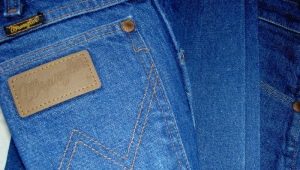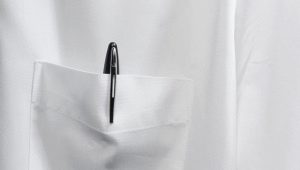How to remove mold from clothes?
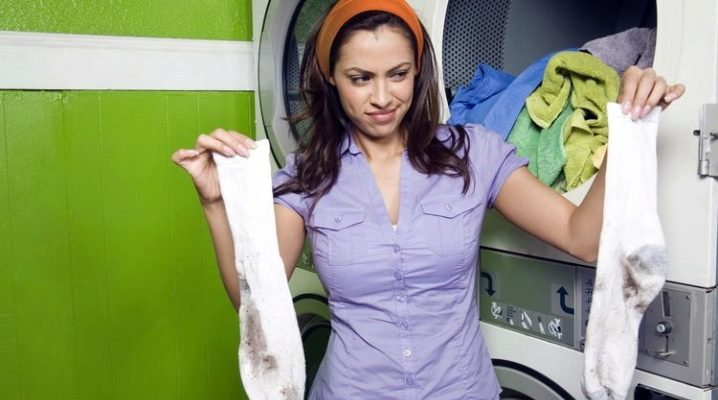
Mold belongs to the category of fungi that are microscopic in size. However, in large numbers they are easily visible to the naked eye. Many people are faced with a situation where black or green fungus attacks their clothes. This article describes how to remove mold from clothes and how to prevent its occurrence.
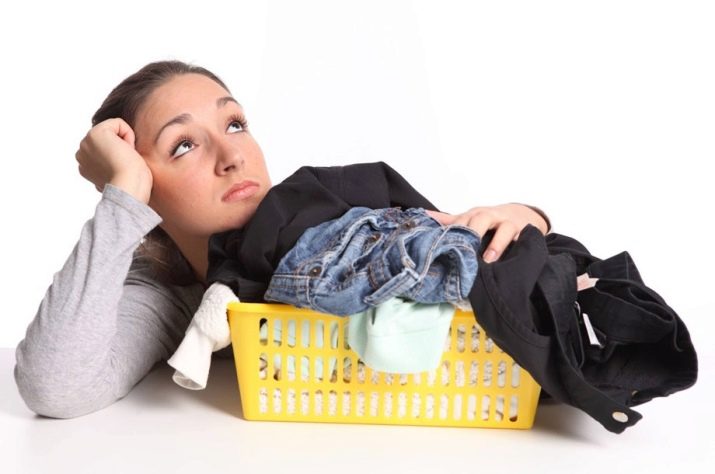
Reasons for the appearance
There are several situations that affect the appearance of an unpleasant fungus. Mold can occur for the following reasons:
- the laundry was not dried well enough;
- things were stored in a damp room;
- the fungus spread through contaminated clothing that lay nearby.
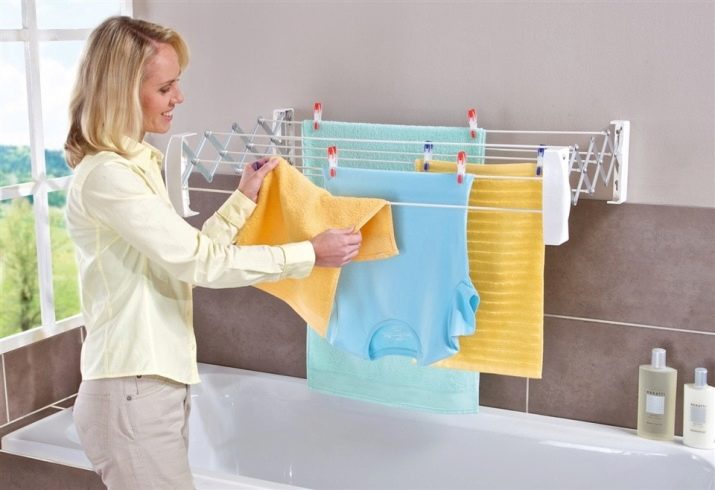
Black or green mold may appear on clothing. The longer the product is in contact with moisture, the deeper the fungus penetrates into the fibers of the material. Ultimately, there comes a point when it becomes very difficult to eliminate stains. Sometimes even clothes begin to rot. Such things can only be thrown away.
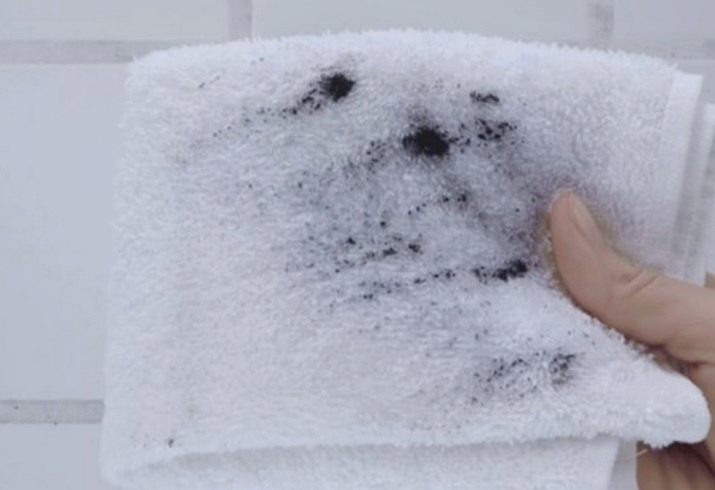
If you store things in a damp state, this will lead to mold stains. Pay special attention to the drying process so that the fungus does not feel good and does not spread to normal, dry clothes.
To prevent the fungus from spreading, conditions must be created for it. Rooms with high humidity should be constantly ventilated and heated, and clothes should be thoroughly dried. Do not forget about things that are in cabinets for long-term storage - they should also be ventilated.
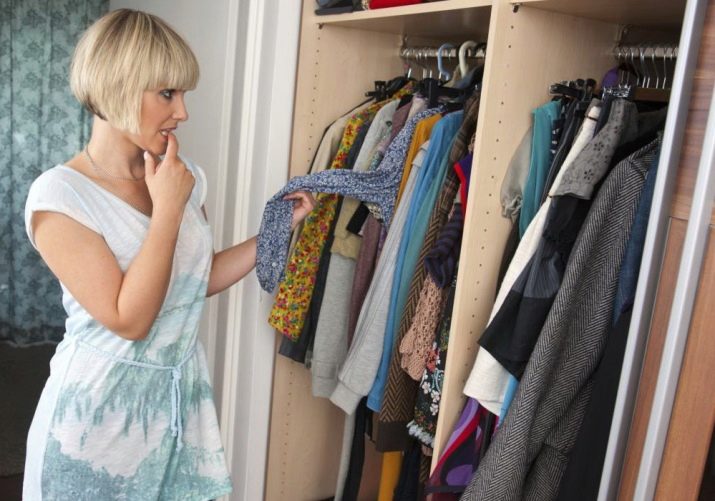
What to wash?
There are several effective ways to remove moldy stains from clothes. Before using each tool, read the terms of use.

Onion and lemon
Such a tool is popular among housewives, since the attributes necessary for the procedure are in almost every home. Don't give up on the way because of the bow its aroma will eliminate the presence of lemon in the composition. To work with mold, you will need two large onions and two lemons. Onions are placed in a blender. First, it should be rid of the husk. Juice is squeezed out of the lemon, and the zest itself is passed through a meat grinder.
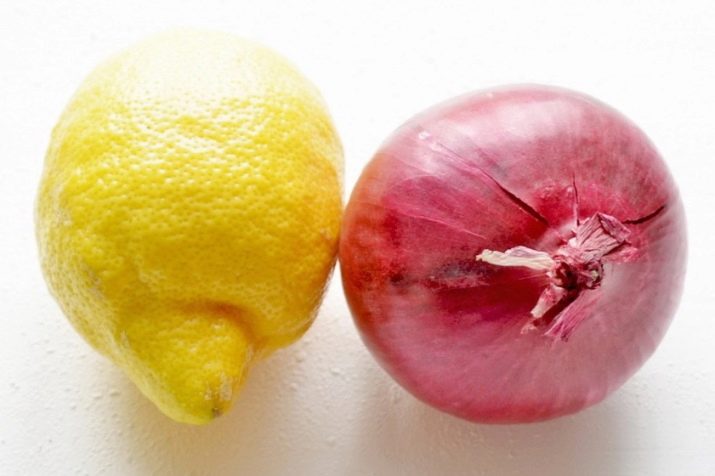
Both components must be connected and the slurry spread out on a flat surface. The mass is placed on mold spots, after which it should be covered with cling film. After 30 minutes, the mixture can be removed. Wash clothes in the washing machine using detergent and fabric softener. Drying of products should be done in the fresh air.
Milk with borax powder
This method proved to be excellent in the processing of delicate material. To remove, you will need low-fat milk, borax powder, table vinegar and lemon juice. Juice can be replaced with citric acid. All ingredients are combined in a 50/50 ratio.
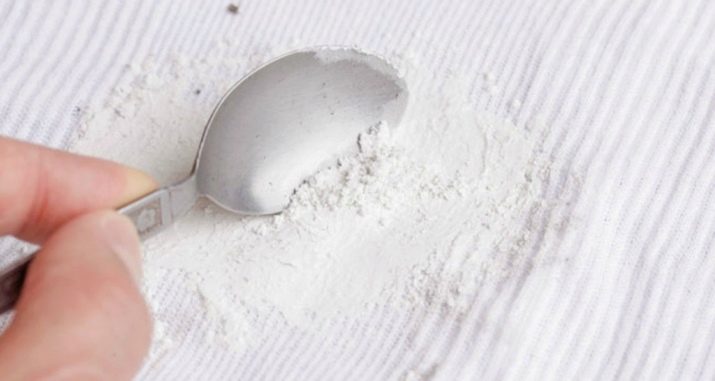
The resulting mixture is applied to the spots, after which it should be covered with cling film and left for 40 minutes.Then the composition must be blotted with cotton pads, and the things themselves should be washed several times by hand.
Whitening products
Many stores sell all-purpose bleaches that can be used with any type and color of materials. Vanish Oxi Action and Domestos performed best. Each product is accompanied by an instruction that describes in detail the rules of use.
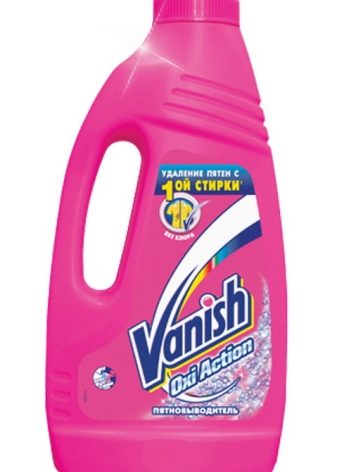
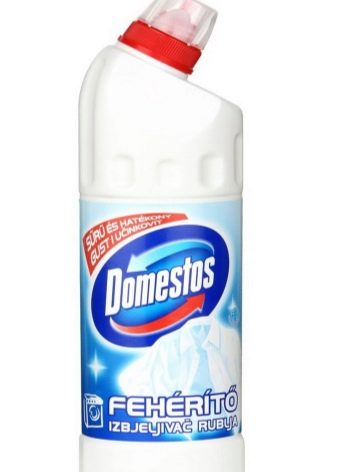
Kefir
It surprises many, but kefir is an effective tool in the fight against mold. Some housewives use yogurt for this purpose. The area with mold should be generously poured with kefir and left for 8-10 hours. Then the item should be rinsed by hand. If the fungus has not disappeared completely, repeat the procedure again.
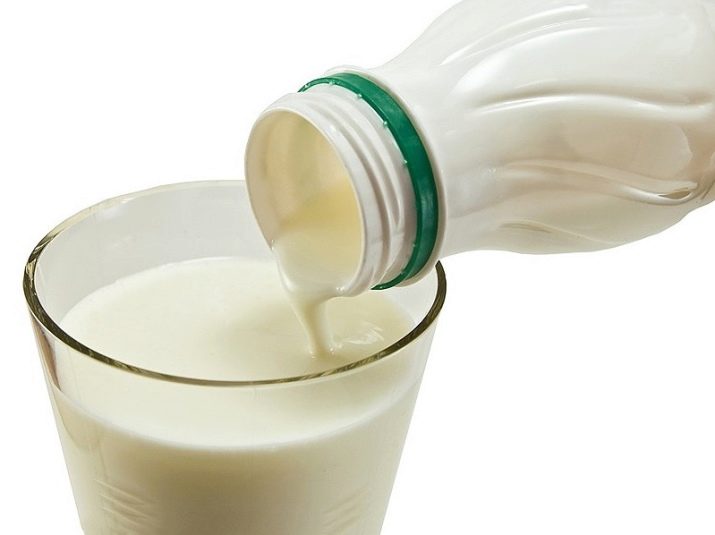
How to withdraw from different materials?
Unfortunately, there is no universal method that will allow you to remove fungal stains from the surface. Each material requires an individual attitude so as not to violate its integrity. You can remove mildew stains from white linen, woolen or cotton fabrics using the following methods:
- dilute the saturated soap solution. With the help of laundry soap, you need to additionally rub the stains. Then the laundry is immersed in the solution for 30 minutes. Contaminated areas should be rewashed and rinsed;
- the second method is to use 1 large spoonful of hydrogen peroxide per 0.5 liter of water. Dip clothes into the solution and rinse thoroughly. If this method did not bring you the desired result, try correcting the situation with the following solution: 200 ml of water and 1 teaspoon of ammonia;


- some housewives report that baking soda works well for them. This product helps to remove stains from clothes.Soda should be rubbed into the affected areas and knead well. After this procedure, rinse the thing;
- Domestos helps to rid white things and even a tablecloth made of natural materials from the fungus. Do not forget to dilute the substance so that it does not spoil the fabric;
- in especially severe cases, provided that the fabric has not begun to rot, boiling can be used. Buy any bleach, add 1 large spoon to 0.5 liters of water. Clothing should be immersed in boiling water. Take things out when you see the stains are gone. This method takes about 15 minutes.


These methods are suitable for any natural fabric.
You can remove mold from colored things using the following methods:
- use plain chalk. To do this, you need to sprinkle the contaminated area with crushed powder and cover with a napkin. Iron the designated place with a warm iron;
- a combination of salt water and ammonia showed a good result. This method is suitable for linen colored material. Dissolve 1 teaspoon of ammonia in 0.5 liters of hot water. Moisten the desired area and leave for 30 minutes. Then you can wash the pollution with laundry soap. In order not to suffer from an unpleasant smell, leave clothes to dry in the fresh air;


- ascorbic acid dissolved in alcohol will help remove mold from clothes at home. Apply the solution to the desired area and wait until it dries. Then you can wash the product;
- to get rid of annoying fungus silk fabric, you can use turpentine. Treat stains with this product, sprinkling talc on top. Cover the powder with a paper towel and iron with a warm iron;
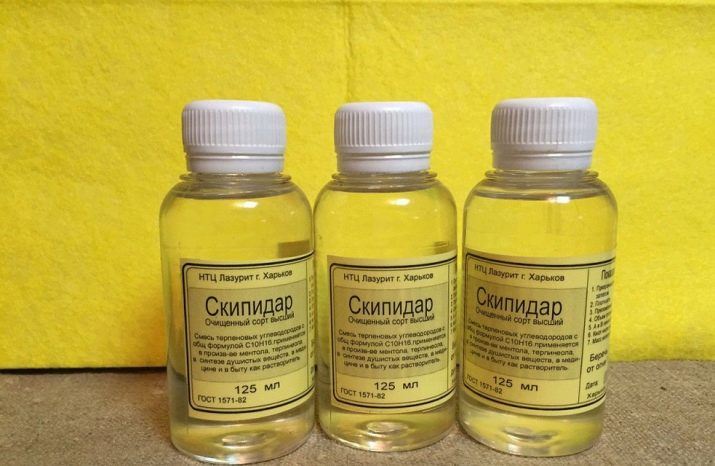
- Remove old mold stains and bad odors with Vanish.This tool will help remove stains from colored clothes, jackets and other products;
- synthetic materials should be treated with a solution of ammonia and water in a ratio of 1: 1. Be sure to test the fabric for a reaction.
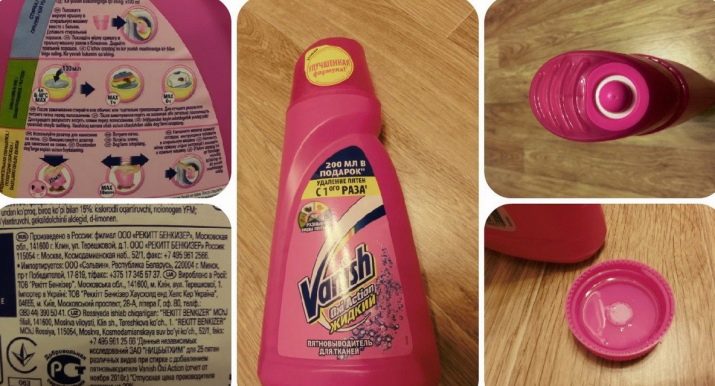
Fungus on a baby stroller
Many parents store children's transport on the balcony or in the hallway. When the stroller is needed again, many find mold spots on it. If the fungus has hit a small area, you can do without removing the fabric and disassembling the structure. To return the product to its original appearance, soaking and washing the elements will be required.
There is an opinion that the use of a baby stroller affected by a fungus is unacceptable. This conclusion is based on the harm of inhaling mold spores. This argument is correct, since the spores that enter the baby's lungs can cause significant harm to him. Therefore, you will need not only to clean the surface of the parts from the fungus, but also to eliminate the infection itself.
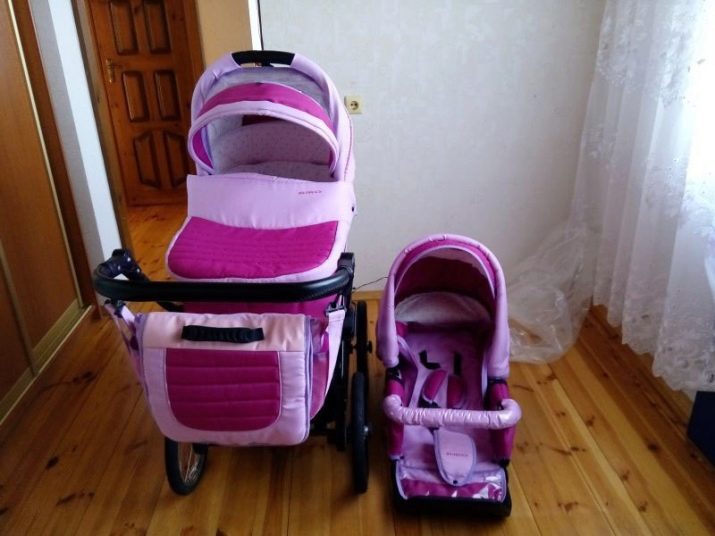
The aesthetic component of the stroller in this case fades into the background, because you need to eliminate the very cause of the mold. One washing powder will not solve the problem, you need to find a remedy that can fight the fungus.
If he hit the mattress that was in the pram, replace it with a new one. Removing fungus from porous material is often an overwhelming task.
When choosing a tool to combat mold, pay attention to special household chemicals or folk methods. Suitable baking soda, ammonia, table vinegar and products that contain chlorine. All these substances are able to destroy the fungus, and chlorine will cope with the stains themselves.

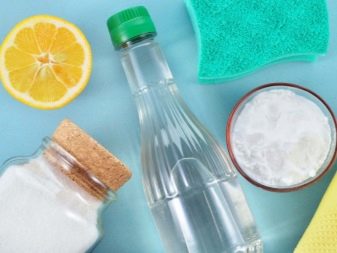
Most manufacturers offer customers household chemicals that are designed specifically to combat fungus. When choosing the right product, pay attention to the following points:
- the hazard class should be more than 4. If such information is not on the label, refuse to buy, because it is dangerous to use such a product for children's things;
- flammable products always contain acetone or alcohol. Such products can be used if you can rinse the fabric well, for example, in a washing machine;
- read the instructions for the product. Some brands offer mold prevention rather than cure;
- It is not allowed to mix ammonia with bleaches, which contain chlorine. The combination of the two forms a toxic mixture that is harmful if inhaled.

To remove mold from a baby stroller, follow these rules:
- moisten problem areas with table vinegar, bleach, or a solution that consists of 100 grams of ammonia and 1 liter of water. It is best to use a sprayer for these purposes;
- leave the stroller for a few hours;
- then you need to use a stiff brush to wipe the stains. If the material has had time to dry, repeat the procedure;

- the stroller should be wiped dry and stored only in a room where there is no high humidity;
- if you work with household chemicals, always follow the instructions for use of the product. Remember that work always begins with abundant wetting of the contaminated area with water or a solution. This action is necessary to prevent spores from being released into the air at the time when you brush;
- Clean the stroller outside or in a well ventilated room.

This procedure is suitable for cleaning products that are slightly affected by the fungus. In this case, it is not required to remove the fabric and disassemble the structure.
Instructions for removing fungus from removable parts:
- Mold does not like high temperatures. If you boil the fabric for two hours, this will be a guarantee of getting rid of the fungus;
- if stains appear inside the stroller, disassemble it and boil the material. Be prepared for the fact that poorly dyed fabric will discolor;
- instead of boiling, you can use an antifungal agent;
- some strollers have a completely removable fabric. You will need to study the instructions in order to properly disassemble the structure;
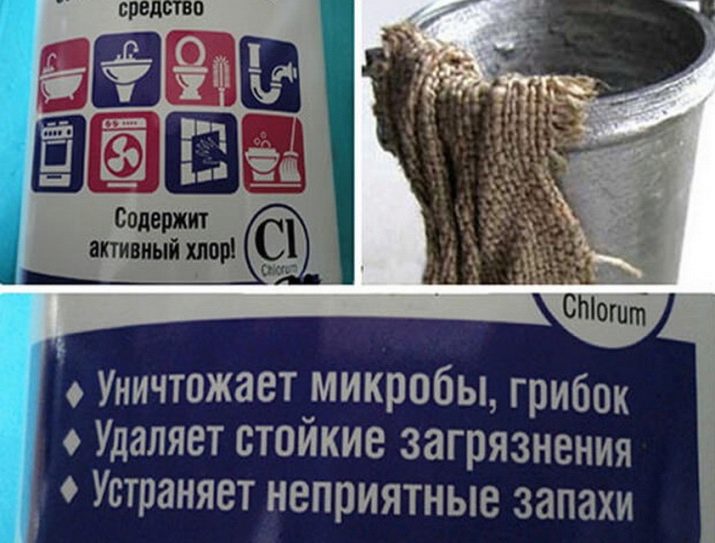
- after you have removed the fabric parts, treat the affected areas with the chosen agent and soak the material for several hours in water with an antifungal agent;
- you need to wash the fabric with laundry soap or with baby powder;
- when rinsing, use vinegar (you will need 1 cup of vinegar per 5 liters of water);
- if you decide to wash the item in the machine, do not select the spin cycle at high speeds. This mode can lead to deformation of the material;
- Dry thoroughly after washing.
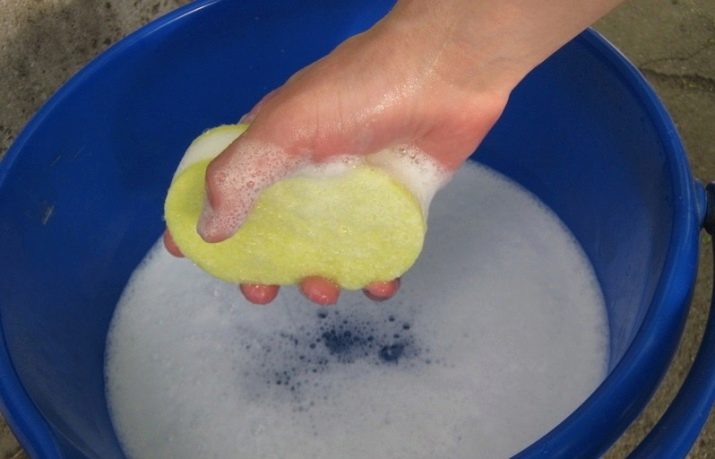
How to avoid?
Mold is difficult to remove from clothes. Many people resort to several methods to restore the product to its original appearance. If you do not want to fight mold again, follow a few rules:
- clothes can only be stored in the closet when they are completely dry. Wet things are an ideal environment for the development of germs, mold and bacteria;
- items must be ventilated. Many note that the mold hit exactly the clothes that were in the closet throughout the season. In the summer, take fur and other winter things outside;
- the sun's rays are a good mold prevention;
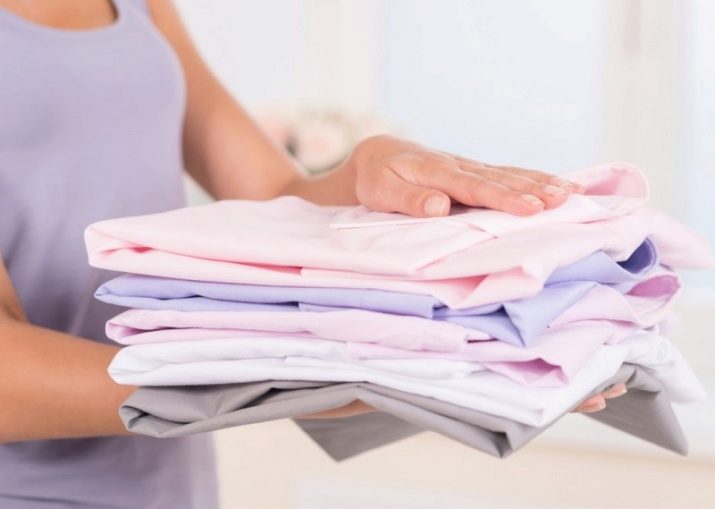
- Clean out your closets at least once a week. This is especially true for children's wardrobes. Not every child makes sure that dirty things do not fall on the shelves;
- If you get wet in the rain or sweat after a run, wait for your clothes to dry. Wet items must not be placed in the dirty laundry basket. This will lead to an unpleasant odor and mold;
- monitor the humidity level in the room. Always leave space on the shelves for air circulation. A closet packed to the eyeballs also provokes the appearance of a fungus.

To prevent the formation of fungus on children's "transport", follow the following rules:
- Do not store wet, dirty strollers. Moisture, along with food residue and dirt, is ideal for bacteria to spread;
- do not store the stroller for a long time in a room where there is a high level of humidity. Even winter will not stop the development of mold, because it is not afraid of the cold;
- if it is not possible to find another room, treat the surface with a soda solution and wipe the top with table vinegar. The stroller must then dry thoroughly.
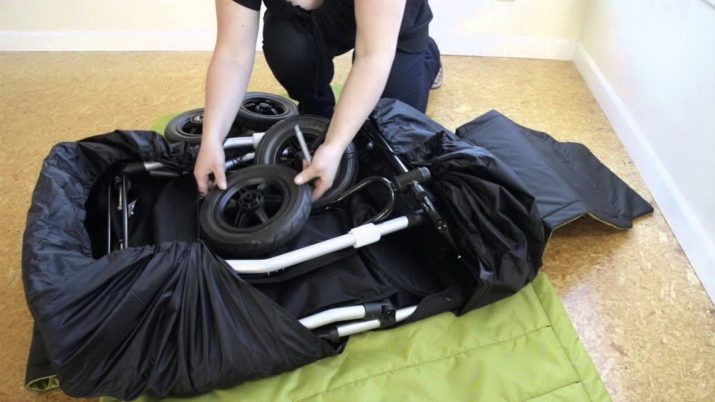
Following these recommendations will help you avoid getting to know mold on your clothes. Responsible attitude to products will help to maintain their attractive appearance for a long time.
For information on how to remove fungus and mold from clothes, see the following video.























